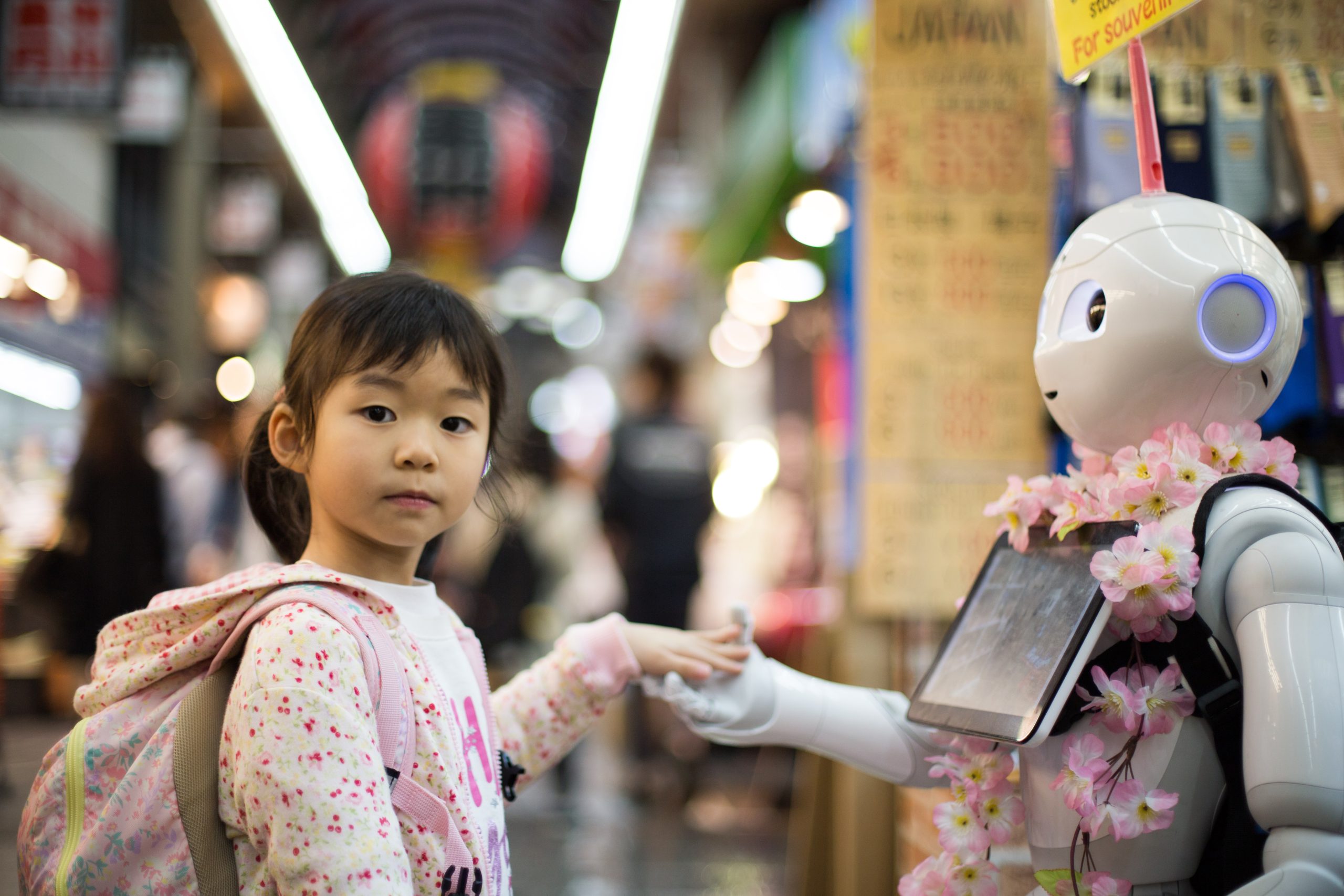Two Critical Success Factors for Making AI Trustworthy

Does AI present an opportunity for people to rise to greater heights, or is AI about the rise of machines? This was the core question addressed by an expert panel November 8 at the virtual event, "AI: Turning Automation into Autonomy,” hosted by Swiss Cognitive, which is an independent network that shares insights into AI.
Participants included David Vivancos, author of Automate or Be Automated; researcher and speaker Aleksandra Przegalinska; Cécile Cremer, global president of LaFutura; consultant Friska Wirya; and Ahmer Inam, chief AI officer and product strategist at Centific. The conversation was moderated by Swiss Cognitive Co-founder and Managing Partner Dalith Steiger-Gablinger. The wide-ranging conversation covered a lot of ground. Here are two themes that emerged:
Put People First
Panelists generally agreed that the first step in building trust is to design AI-fueled products that put the needs of people first – as opposed to creating better AI solutions “because we can.” As Ahmer Inam put it, “We have to put people at the center of AI. That means leading with mindfulness.” Added Aleksandra Przegalinska, “We need to ask people first where they need help with AI instead of just creating technologies that solve problems people may or may not want solved.”
Putting people first was a theme that resonated. The panelists agreed generally that too often, organizations are developing AI to solve technology problems, not people problems. Cécile Cremer went so far as to suggest that the industry might need a code of conduct to ensure that developers of AI solutions put people ahead of technology.
One attendee also noted in the conference chat, “We need to amplify intelligence and inject it at different levels of our interactions. To get to that level we need to always start with human-centric design and what value we bring to the wider ecosystem.”
Ahmer Inam noted that part of being mindful and human centered is being transparent about how a business is using AI, where it is sourcing its data, and how that data is being applied – and, just as importantly, why. Another aspect is developing products that address cultural nuances, which is where approaches such as AI localization come into play. With AI localization, people training AI-based products and services to adapt to local cultures and languages. (More about that here.)
“We have to lead with the human centric approach that addresses cultural nuances,” he said. “We have to bring humanity back into AI.”
Help Workers with AI. Don’t Replace Them.
How can people trust AI if they believe it will take over their jobs? This question continues to define the conversation about AI. As David Vivancos commented, all jobs will be automated at some point.
Or will they, and should they?
Ahmer Inam remarked that in fact, the only jobs that should be automated with AI are simple, discrete tasks that people don’t want to do. More complex tasks requiring human decision making should not be replaced with AI – rather, they should be augmented with AI to assist decision makers. For example, physicians can focus on providing better patient outcomes if AI automates repetitive tasks such as record keeping, but AI should not replace physicians.
This point of view was echoed by many others on the panel and in the audience. For example, James Duez, CEO of Rainbird Technologies, noted in the conference chat, “We must remember that all applied AI is inherently performing narrow tasks freeing us humans to do tasks machines are still useless at (like listening to customers and building rapport). The adoption of AI-powered automation has the potential to make services more human and for businesses to differentiate based on that humanity!”
And Erin McMahon of Insightfinder noted, “AI will help people transition to jobs and problems that are more interesting. AI helps with the scale of the problems that we face and will face in the future.”
Mindful AI has many dimensions that include being people centered, being responsible, and being trustworthy. Today’s panel scratched the surface of Mindful AI. Learn more about Mindful AI here and contact us to get started. Meanwhile, thank you to Dalith Steiger-Gablinger for moderating an informative panel!
Photo by Andy Kelly on Unsplash
